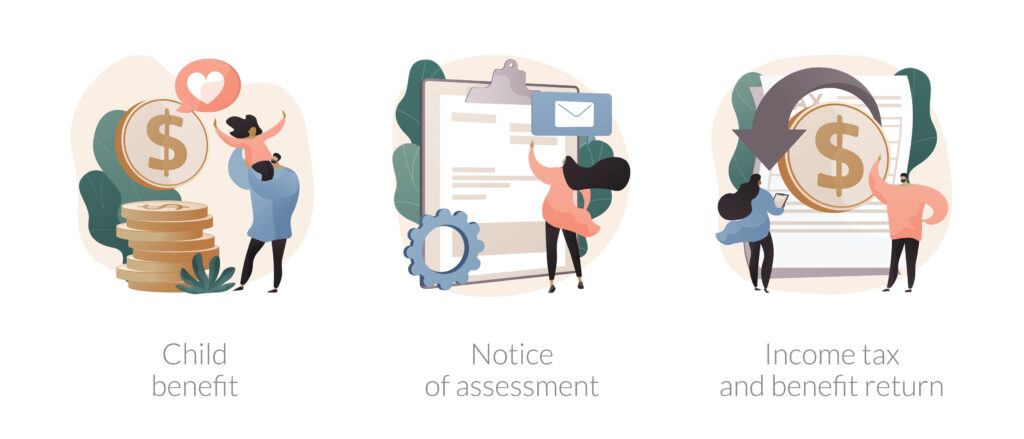Who Really Qualifies as a Dependent for Taxes?

How many dependents do you really have? Who can really be counted as a dependent? These are some of the most common questions that all taxpayers have. Can you count all of your children, live-in help, or perhaps a dog or other family pet? What about a friend who decides to crash at your place and basically mooch off you the entire year; can he or she be counted as a dependent?
As far as the IRS is concerned, there are two different kinds of dependents but there are dozens of scenarios that can fall under these two categories. There are also different rules for each type. The first type of dependent is classified as a qualifying child. The second type is a qualifying relative.
A qualifying child must be related to you, either by birth or adoption, or be a step or foster child. You must also provide more than half of the child’s total financial support and you can be the only person claiming that child on your return. To be a dependent the child must also be 18-years-old or younger, or if he or she is a full-time student, younger than 24-years-old.
The rules for being counted as a qualifying relative are much different. First, if your relative is a blood relative then he or she does not have to live with you in order to be counted. However, he or she must not provide more than half of his or her own support and that person cannot make more than $4000.
For a person who is not a blood relative to qualify as a dependent – like a lifelong friend who is down on his/her luck, or just plain lazy, or even your significant other – that person must live with you the entire year and their income must be less than $4,000 for the entire year. No one else can claim the person and you have to provide more than half of his or her financial support.
How to Avoid Some of the Most Common Leadership Mistakes
How to Avoid Some of the Most Common Leadership Mistakes Congratulations, you’re a leader. That’s a commendable accomplishment. So how are your leadership skills coming along? Are you helping your team members work at their highest levels and achieve their greatest success? Are you helping your company experience growth and achieve its goals? As a…
Top Investing Tips for Beginners
Top Investing Tips for Beginners Are you looking to start investing? If so you probably have a lot of questions. And you’re probably looking for some good investing tips. Investing in the stock market can be very intimidating. What stocks should I choose? How much should I invest in each company? Should I focus on…
Which Factors Have the Greatest Effect on Your Wealth?
Which Factors Have the Greatest Effect on Your Wealth? Who doesn’t want to be wealthy? They say money doesn’t buy happiness but it sure doesn’t hurt. However, the gap between wanting to be wealthy and actually becoming wealthy is quite vast for most people. But why is that? Why are so many people unsuccessful at…
Are You An Accounting Nerd?
Are You An Accounting Nerd? By William Brighenti There are varying degrees of accounting nerdiness. Some accounting nerds live normal lives, marry and, according to Kinsley, even propagate. Some never marry since everyone they ever dated lapsed into comas, never to be heard from again. Others are complete introverts and should never have left the…




